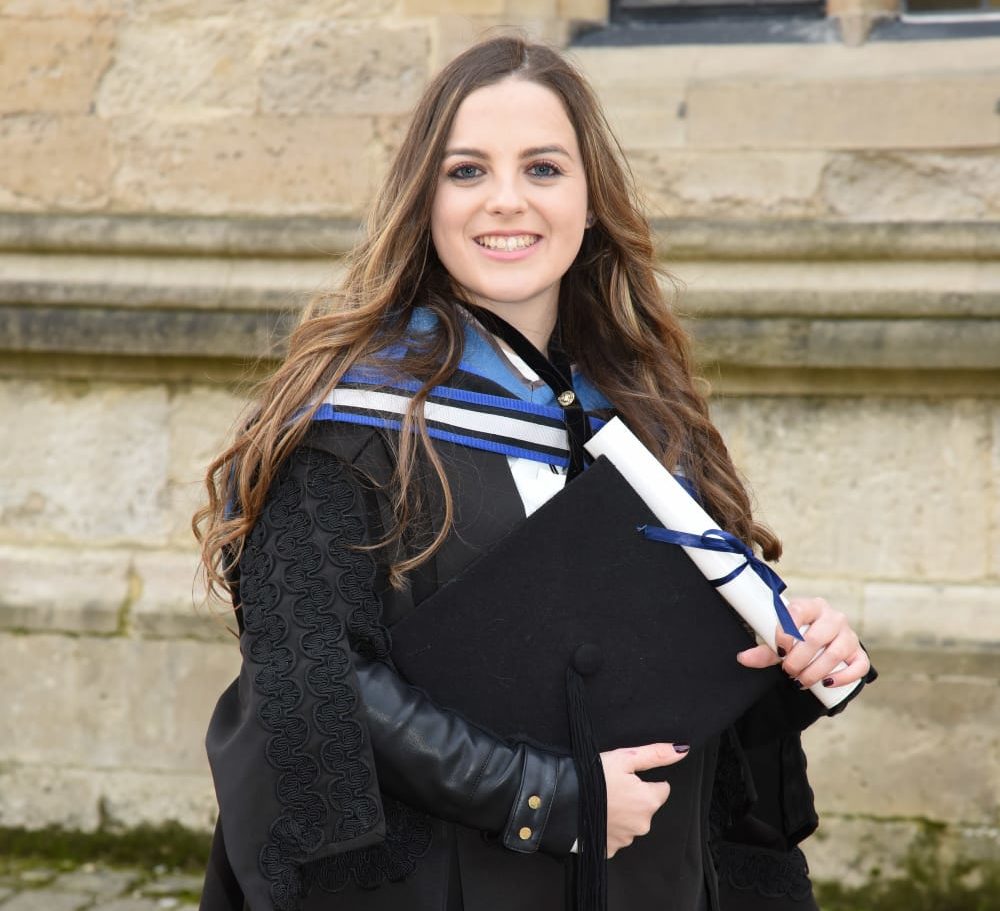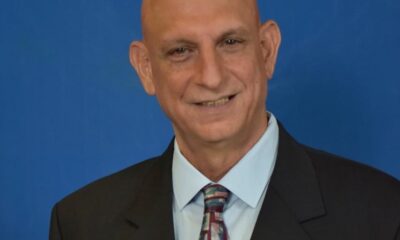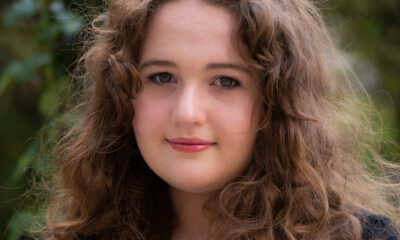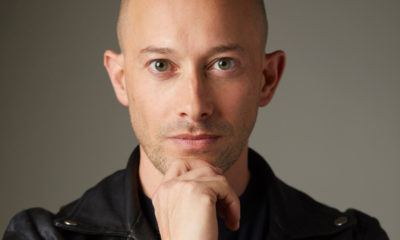
Lifestyle

Archaeology’s rising star sheds light on the past
Most of us picture archaeology as digging in the dust, but Ruby-Anne Birin is using cutting edge technology to blaze a trail in the field.
An archaeological science student at Oxford University, Birin is passionate about history and its relevance to our present and future.
She was drawn to the field because she has “always had an interest in the past, as well as geography and science. Archaeology is a broad umbrella that allows for all these different parts of human interest to collide and help uncover human stories”.
Her work includes “developing maps to show how technological innovation moved through southern Africa, the home of many of these ideas, through space and time during the Middle Stone Age [300 000 to 30 000 years ago]. This will involve collating ages of archaeological sites. These ages are derived through several techniques including optically stimulated luminescence (OSL) – which I might get to do myself, uranium-series, and a little bit of radiocarbon dating.”
Her undergraduate degree included working across southern Africa. “As part of your undergraduate, students are encouraged to go to field schools. These trips show the breadth of South Africa’s heritage – from the caves in Sterkfontein, which contain our hominin ancestors to the southern African coast, which hold keys to early human innovation and the much more modern pre-colonial and colonial past.”
Birin decided to go into OSL dating in part because of her interests in all these periods. “Initially, I worked as a lab technician for Dr Mary Evans at the Wits luminescence labs [University of the Witwatersrand], helping her prepare samples from across southern Africa and the globe. In my Honours, under the supervision of Dr Evans and Professor Alex Schoeman, I applied these skills to Bokoni, a part of Mpumalanga which has the southernmost terraced farming. This farming is remarkable in scope, and a demonstration of urban farming towns. The age of these sites were unknown, however. Through my work, we managed to establish their pre-colonial origins in the 15th century. This is important as it undermines often racist suggestions that African farmers didn’t innovate prior to European innovation.”
The work took several years to write up, and a few months ago, they published the final results. “We accompanied this academic paper with a public-engagement paper in The Conversation to ensure that everyone has access to our work.”
Meanwhile, at Oxford, for her Masters, “I applied a new type of luminescence dating to Wonderwerk Cave and Pniel. These ancient sites show very early human innovation and development. I have now shifted my interests to understanding what all the ages mean for our shared African story. This will be obtained through many methods and from multiple labs.”
Explaining OSL in layman’s terms, Birin says, “OSL measures when last quartz grains [the shiny stones you often find at gift shops] that are the size of beach sand were last exposed to light. Imagine each little grain is a battery. The battery exists at 100%. However, when it’s exposed to sunlight, the battery drops to 0%. The grain is then buried or trapped in a pot. Within the soil, there are radioactive elements. The grain uses these elements to recharge itself. Archaeologists extract these grains using lightproof tubes, and then open and measure them in a dark lab environment, making sure that the quartz isn’t re-exposed to light, resetting it to 0%.
“We then measure how much the grain has been able to charge itself and divide it by the rate at which it recharges itself. This gives us how long ago the grain was buried. If you think of it as your phone – if someone comes and sees that it is on x% and they know that the voltage is y, they can assume you plugged your phone in however many hours or minutes ago.”
Birin was privileged to go to Ashkelon in Israel for her first excavation. “This remarkable site was occupied and abandoned [often after a violent conflict] several times over the centuries,” she says. “The evidence we get of people living in a region often comes from these abandoned, destroyed layers that capture a city in a moment of chaos – much like Pompeii. Our knowledge of the Philistine period at Ashkelon comes from one of these layers. Nebuchadnezzar destroyed Ashkelon in 604 BCE, 20 years before his destruction of the first Jewish Temple.
“This was the first time such a cemetery was excavated,” she says. “The cemetery provided a way to explore human life before this destruction, to understand the ritual and livelihoods of these people. It gave us the opportunity to tell the Philistine story, not through the lens of their enemies, but through their own remains. It gives the Philistines their own place in history rather than remaining a footnote for others.”
Asked why archaeology is important, she says, “Archaeology helps us to connect with our past. It isn’t only about the history that’s written, but the everyday people who lived throughout our human journey. It’s deeply personal and collective, giving insight into individual stories, helping us to understand how as a society we came to be where we are today. These discoveries can bring happiness, excitement, and heartache. It helps us understand who we were in the past, and that can guide us to where we are going in the future.”
Her advice to anyone wanting to go into archaeology is to contact your local university and find out if there are any public lectures or clubs you can be part of. “You can also get involved in excavations to see if you like field work. You can find out about local opportunities through the universities or online in the case of Israel. Every year, many Israeli sites welcome hundreds of people with little archaeological field experience. The team I was with in Ashkelon now runs a site called Tel Shimron. Mostly, keep an open mind. Archaeology is diverse, and whether your interests lie in the humanities or sciences, there is space to explore as long as you are willing to look.”
Her ultimate goal is to be involved in public engagement and research, “helping to link our past and make it relevant and accessible to people in the present”.
She says growing up in the South African Jewish community had an impact on where she is today. “I believe being in a community that valued education was incredibly valuable. I don’t mean this is a way of getting good grades at school, but more in the space where lifelong learning is valued.
“In South Africa, we’re privileged to be in a space with a long and incredible, exciting, but sometimes complex and painful human history,” she says. “Our community has a strong history in helping understand these records and remains. We need to show pride in our country’s heritage while thinking consciously about how we will be remembered through our own archaeological remains.”










